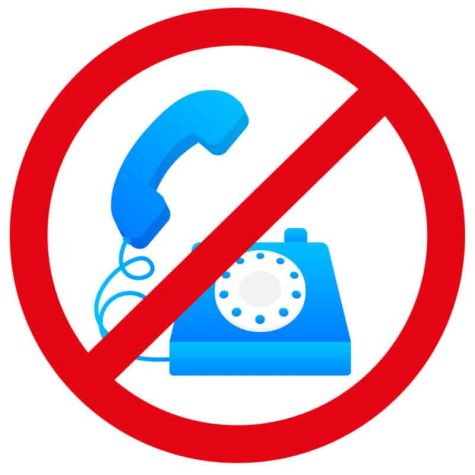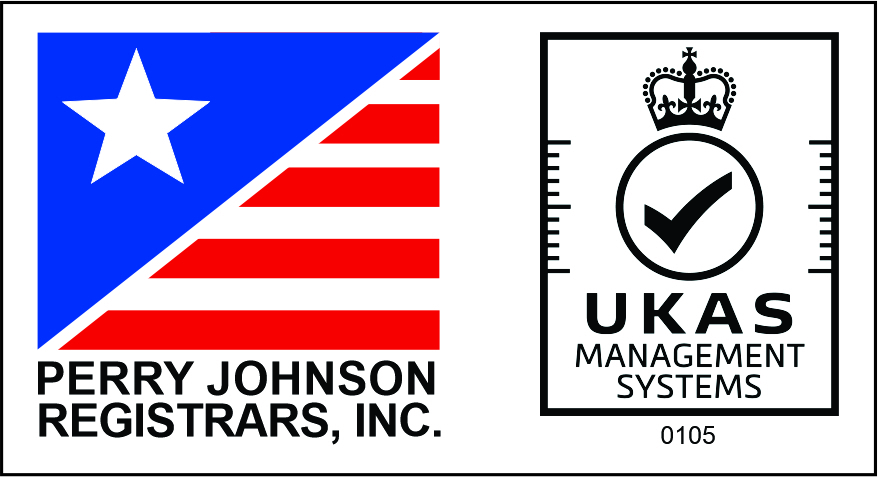Knowledge HubTM
PSTN switch off – 3 things you should know about the analogue to digital telephone transition
- Date Posted:
- Read time:
- 4 min read
- Written by: Exa Networks
In 2015 Openreach announced they would be switching off their entire analogue public switched telephone network (PSTN) and transitioning to a digital infrastructure by 2025. This marks the biggest change to the telecoms industry for more than 30 years, when dial up internet connections were replaced by ADSL broadband.
Naturally, you’re going to be wondering what this means for you, how it will affect your connectivity and what you need to do to ensure you remain connected. The good news is that this is still 2 years away, so there is plenty of time to prepare. In the meantime we will answer all of your questions to help you plan and ultimately switch your connection prior to the deadline.
What is the PSTN?
The PSTN is what you may refer to as the landline phone. It is the analogue service that was introduced by Alexander Graham Bell in the late 1800s and has been used as a way to communicate vocally with other people around the world for more than 100 years.
It comprises a series of copper wires which allow information to be transmitted, powered by local telephone exchanges. This information is then sent through an infrastructure of exchanges and switches to enable communication between two points on the network.
The PSTN has underpinned the UK, and indeed, global communications network for most of the last century. Certainly there have been developments over the years, such as ISDN which was envisioned as a digital replacement for single, analogue landlines, but more than 90% of premises in the UK still have copper wires as their primary connecting technology.
Why are they making the change?
When the internet was rolled out across the UK, it made sense to use the traditional phone line network, that was already in place, to deliver it. However, consumer and commercial demand have pushed the old copper network to its limits and to meet the rising requirements for more bandwidth, the UK’s broadband infrastructure needs to undergo a radical overhaul.
The reality is, the existing PSTN infrastructure isn’t fit for purpose and it is no longer plausible for providers to continue investing time and money in maintaining a traditional service which has become redundant.
Technology has advanced rapidly and fibre optic connections have been developed, which have a far greater capacity than copper lines and are much more reliable. Fibre also has the additional benefit of reducing the amount of equipment required in exchanges, driving down the costs whilst increasing the speeds of the network.

How will this affect you?
Firstly let’s address the elephant in the room. If you are currently using the copper-based PSTN for connectivity, you will be affected by this change.
If you’re not sure whether your service is copper-based, the internet connections affected are; ADSL, FTTC and Gfast.
Full fibre connections won’t be available to everyone by the time the switch off comes in 2025, therefore a new service called SoGEA will be available during the change over period.
Exa customers still using analogue connectivity will automatically be changed over to ensure no disruptions to your connection, however you will no longer receive a standard phone line. But, there is no need for you to panic, you’ve still got time to prepare. Remember, this will be a phased approach and your services won’t be switched off overnight.
Ultimately you will need to replace your copper connectivity with full fibre and install a VoIP based telephone service. This does not run over copper cables, instead voice is transmitted over your internet connection. It is important that you weigh up your options as soon as possible, so that you can be well prepared for the transition to digital.
Here’s a checklist of everything you need to do to get ready for the big switch:
- Review your current services. Look at what connection you have and your usage. This will give you an idea of what service might be best for you when making the switch.
- Check when your existing contract will end and make sure it doesn’t automatically renew. This will help you determine your timescale for making the transition to digital.
- Consider whether your internet connection will be suitable for VoIP. If you currently have a full fibre connection but still have a traditional landline you’ll need to switch to VoIP. You may need to increase your bandwidth or even upgrade your internet connection ready for the introduction of your new voice product.
- Decide what sort of VOIP service you want. There are two options to choose from, SIP trunks and a fully hosted phone service.
- SIP trunks are a direct replacement for phone lines that run over your internet connection. You will need to have a compatible phone system on site to use them.
- A hosted service is cloud based. It is managed through a portal and all you have on site are the handsets, provided fully configured and ready to plug into your local network.
For further information about VoIP you can read our article ‘What is VoIP?’ which covers SIP trucks and hosted services in much more detail.
- Decide what internet connection is the most suitable for your needs. There are many options to consider and lots of factors and our article ‘What type of internet connection should I get?’ should help you choose the best one for you.
- Finally speak to your ISP. They should walk you through the options and provide you with advice based on your requirements and current usage. It’s also prudent to look at other providers and consider if they offer a solution that is better suited to your new needs.
Related Knowledge Hub™ Articles
- 22 May 2025
- 30 May 2025
- 3 min read





